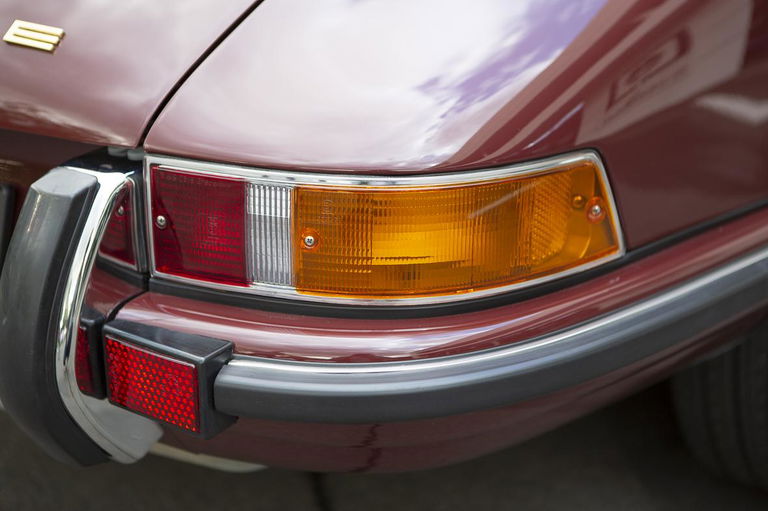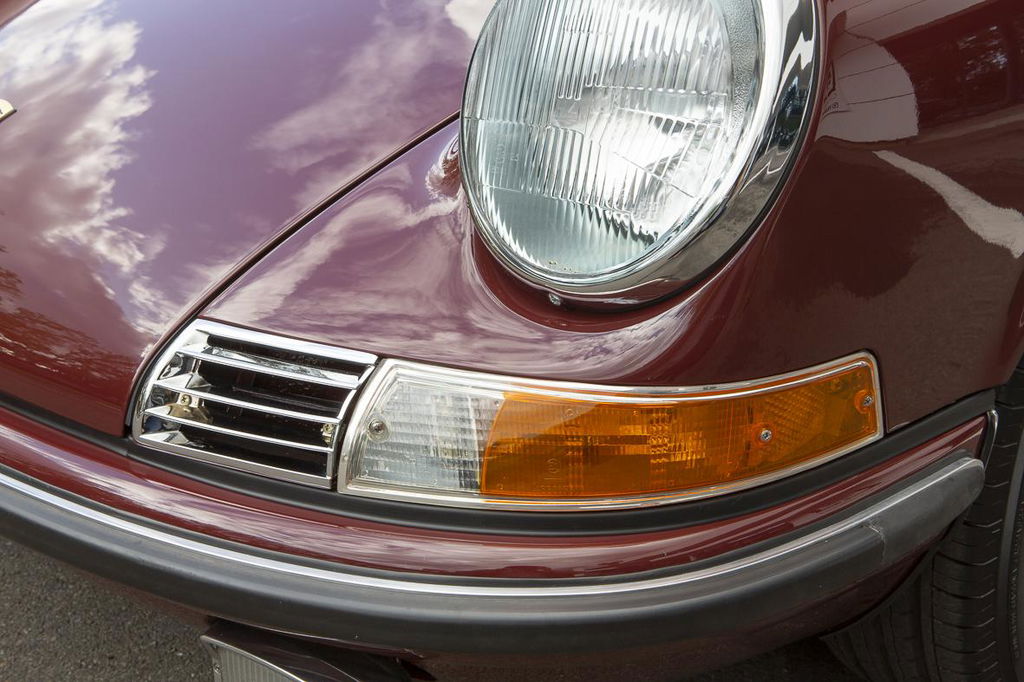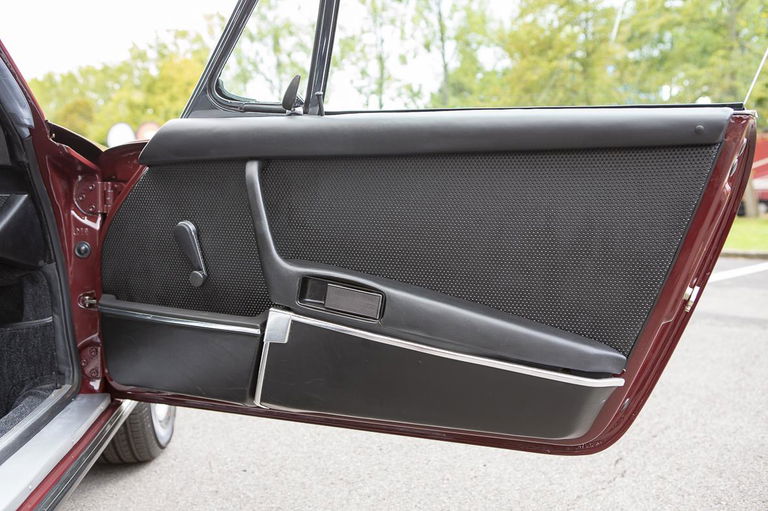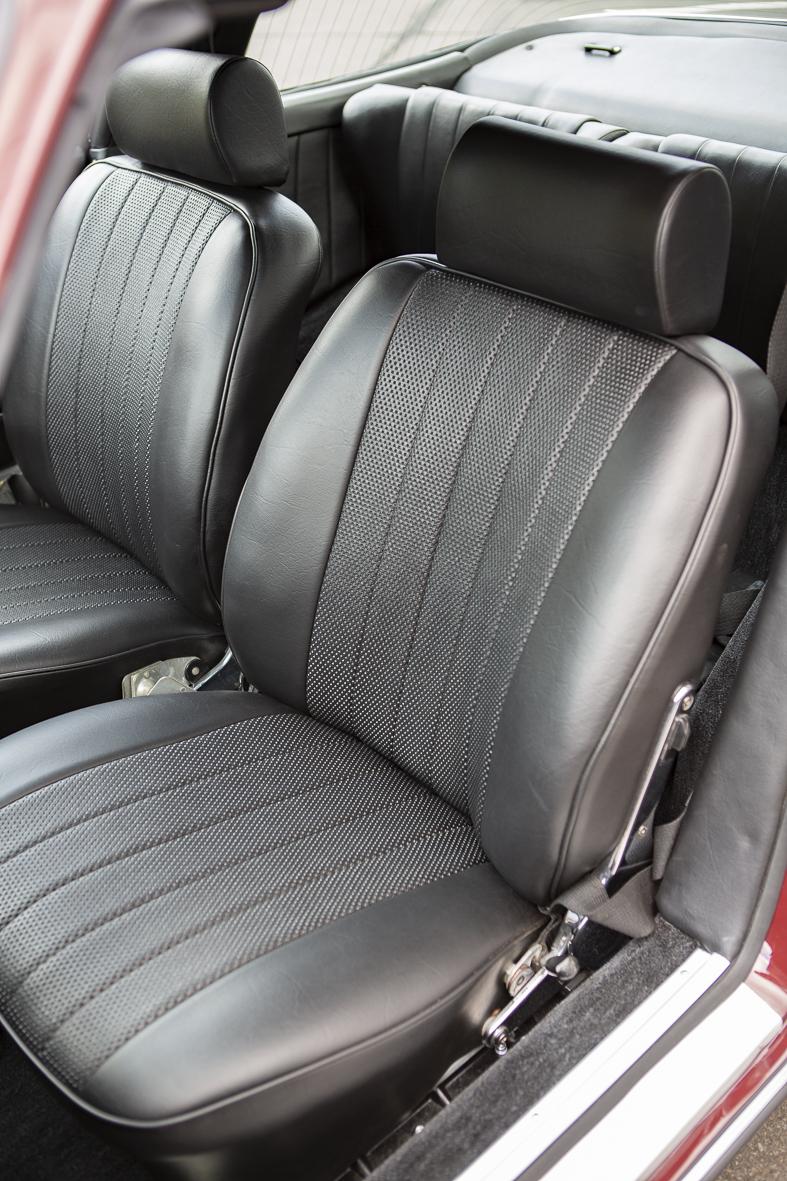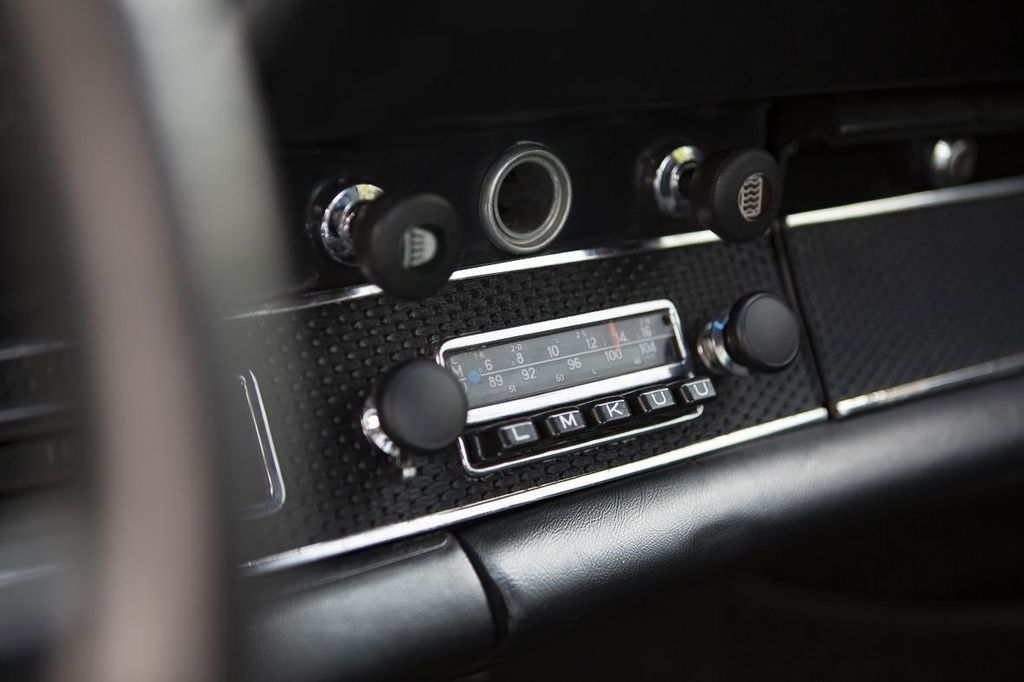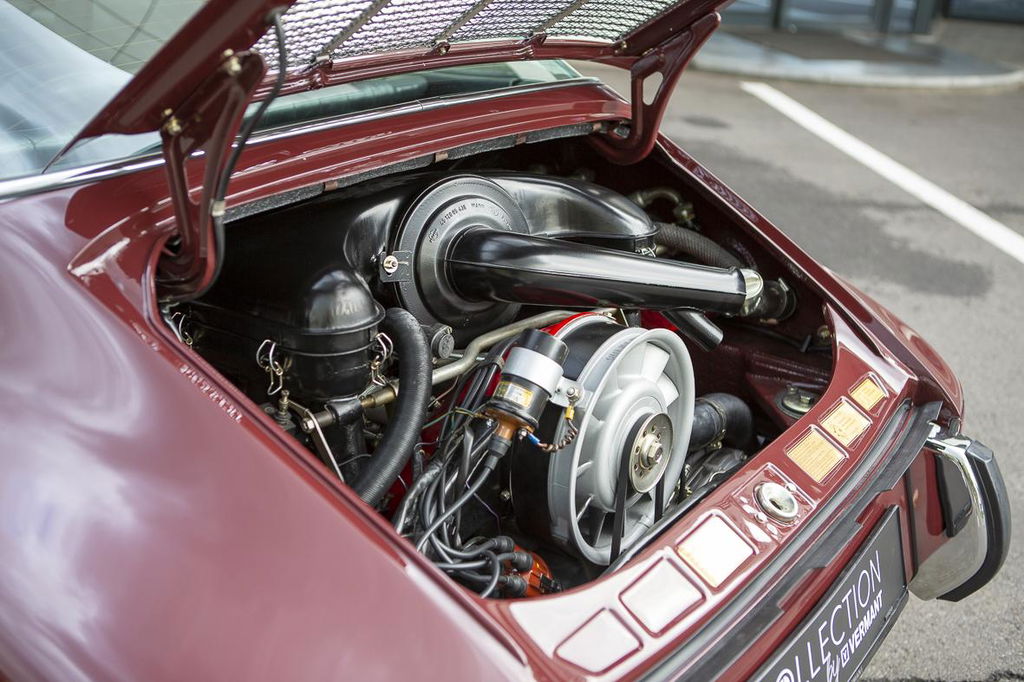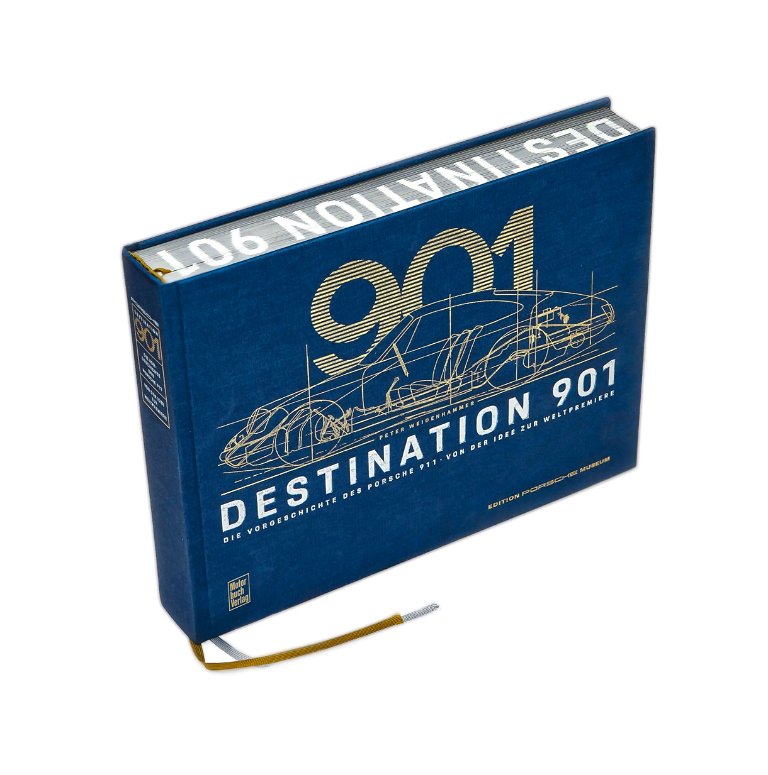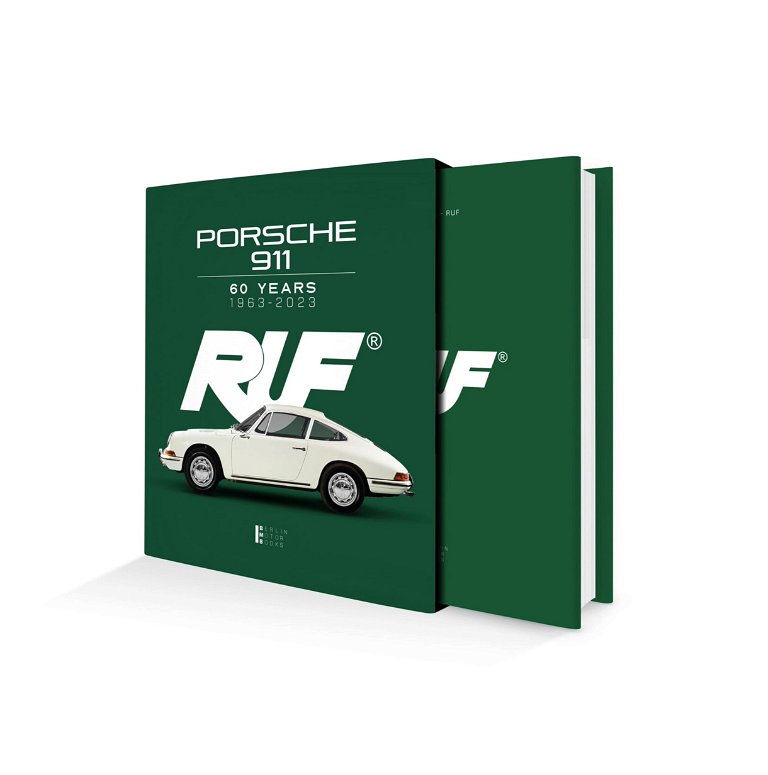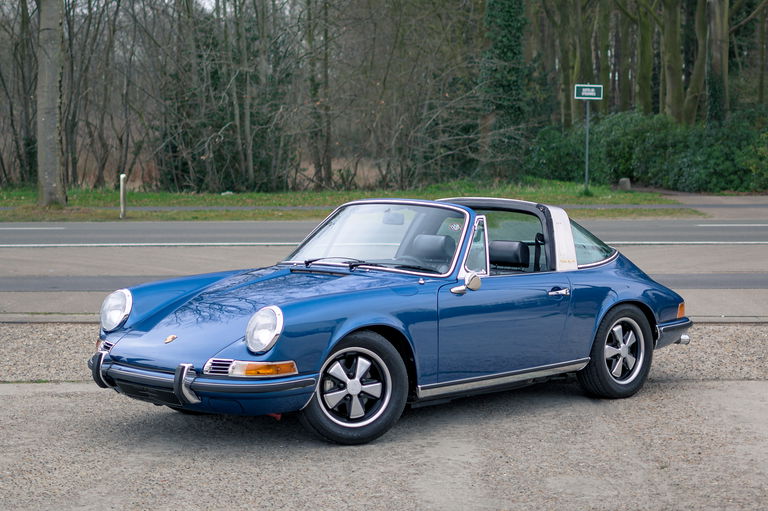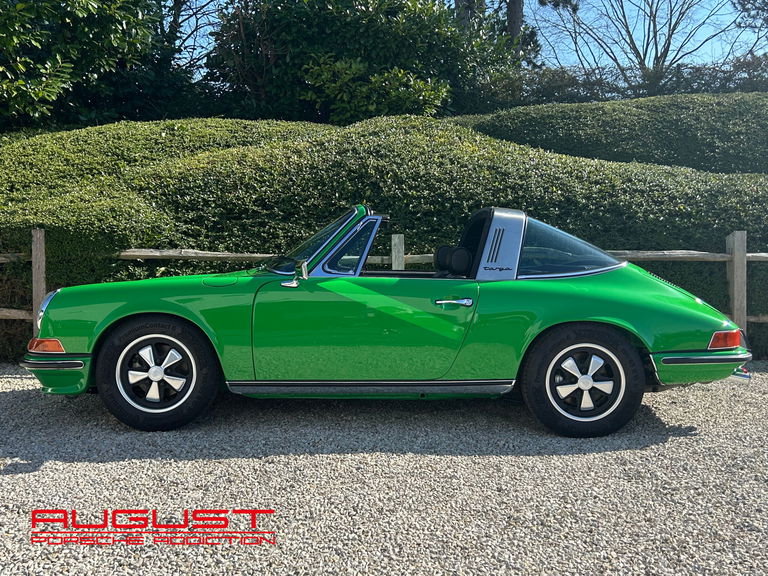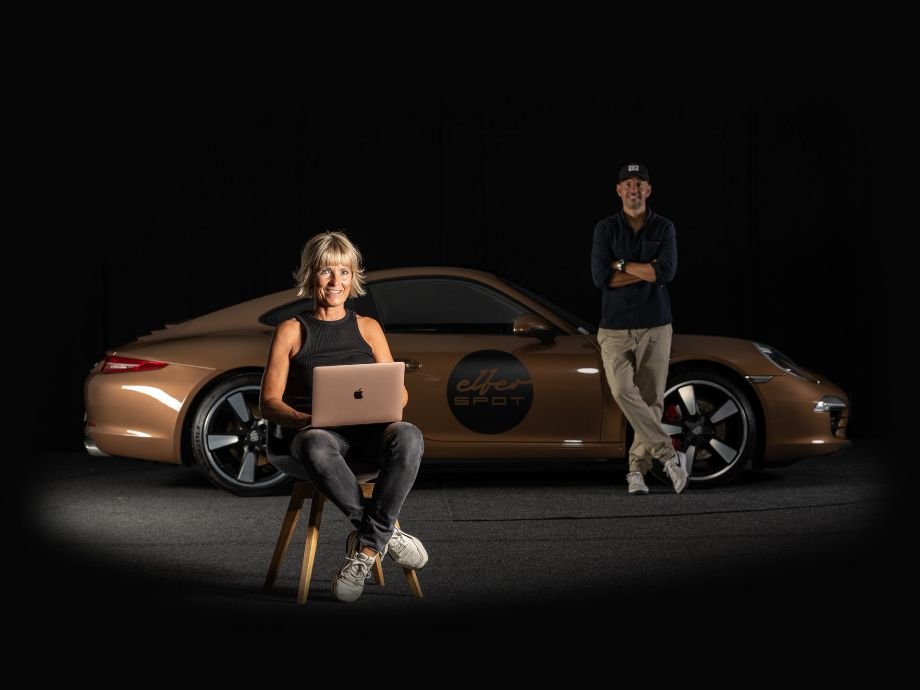Recently this iconic car underwent a metamorphosis in which the ‘S’ was completely stripped and provided with a new layer of paint according to original specifications, new rubbers, interior,… The basis was a dream, considering that it was a very beautiful, correct and healthy copy! Only in one place a small metal plate had to be replaced, this under the front window. The rest of the body was completely rust-free, which is exceptional for a classic of this age!
Incidentally, the technology has also been fully checked and renewed where necessary.
For example, the engine was given a major maintenance, the injection system was adjusted, the entire exhaust system was replaced, a new clutch set was installed and the shift mechanism was replaced, the fuel tank and pipes were renewed, etc.
The brakes and suspension were overhauled, making the blood-fast classic also great to drive. falls.
In 1963, Porsche introduced the successor to the 356. Back then with type designation 901, but soon this should change to 911. This created the most iconic sports car model ever in history.
The model range has been expanded over the years. In addition to the ‘basic’ 911 with 2.0L strong 6 cylinder – good for 130 hp – various versions would be available.
The standard ‘T’ (110HP) , the comfort model ‘E’ (155HP) or the Super ‘S’ (160HP)
In the following years the engine capacity grew from 2.0 to 2.2 and 2.4 liters and it ran power always higher. 125, or 130 HP for the 911T, 165 HP for the ‘E’ and for the 911 Super 170, 180 or 190 HP .
From 1967 the Targa come on the market and this as a ‘safety cabriolet’ with permanently mounted roll bar and removable soft top. Porsche combined the feel of a convertible with the certainty of a roll bar in this version . The first types – called software window – had a removable plastic rear window, but from 1969 a fixed glass rear window was supplied. The wheelbase was extended in the same model year with improved driving comfort as a result.
Continue reading




























